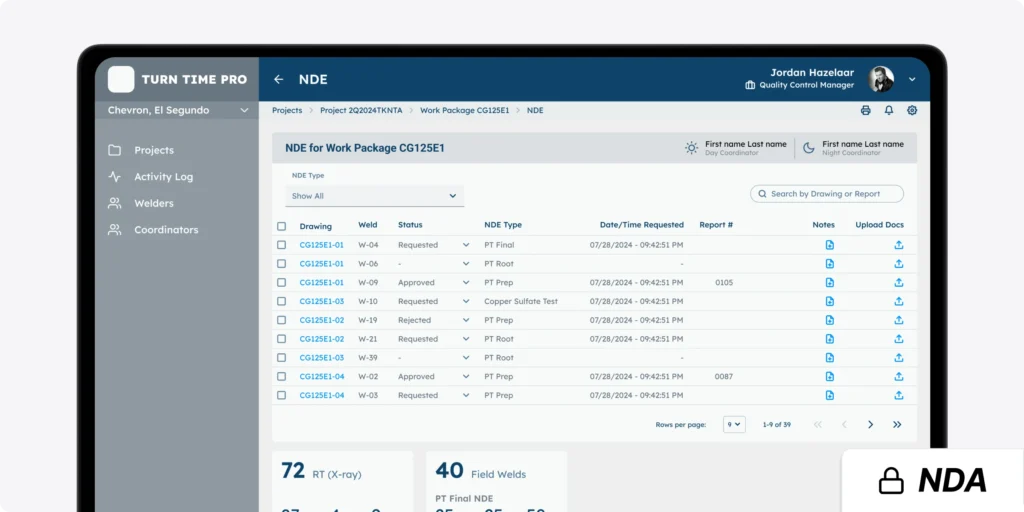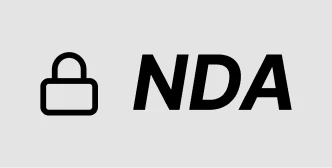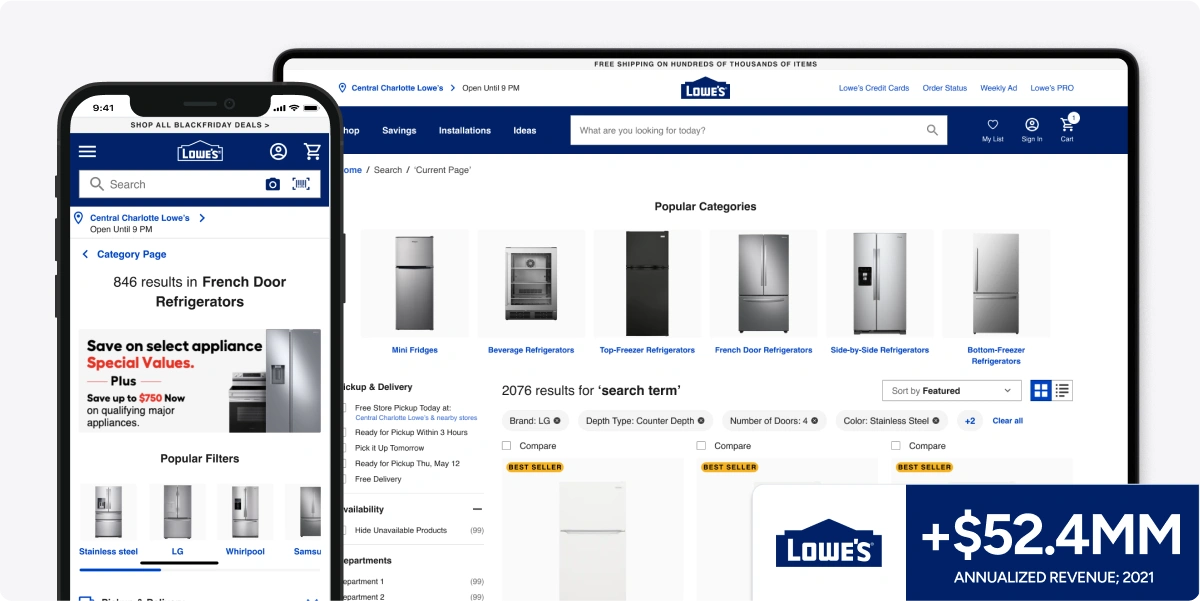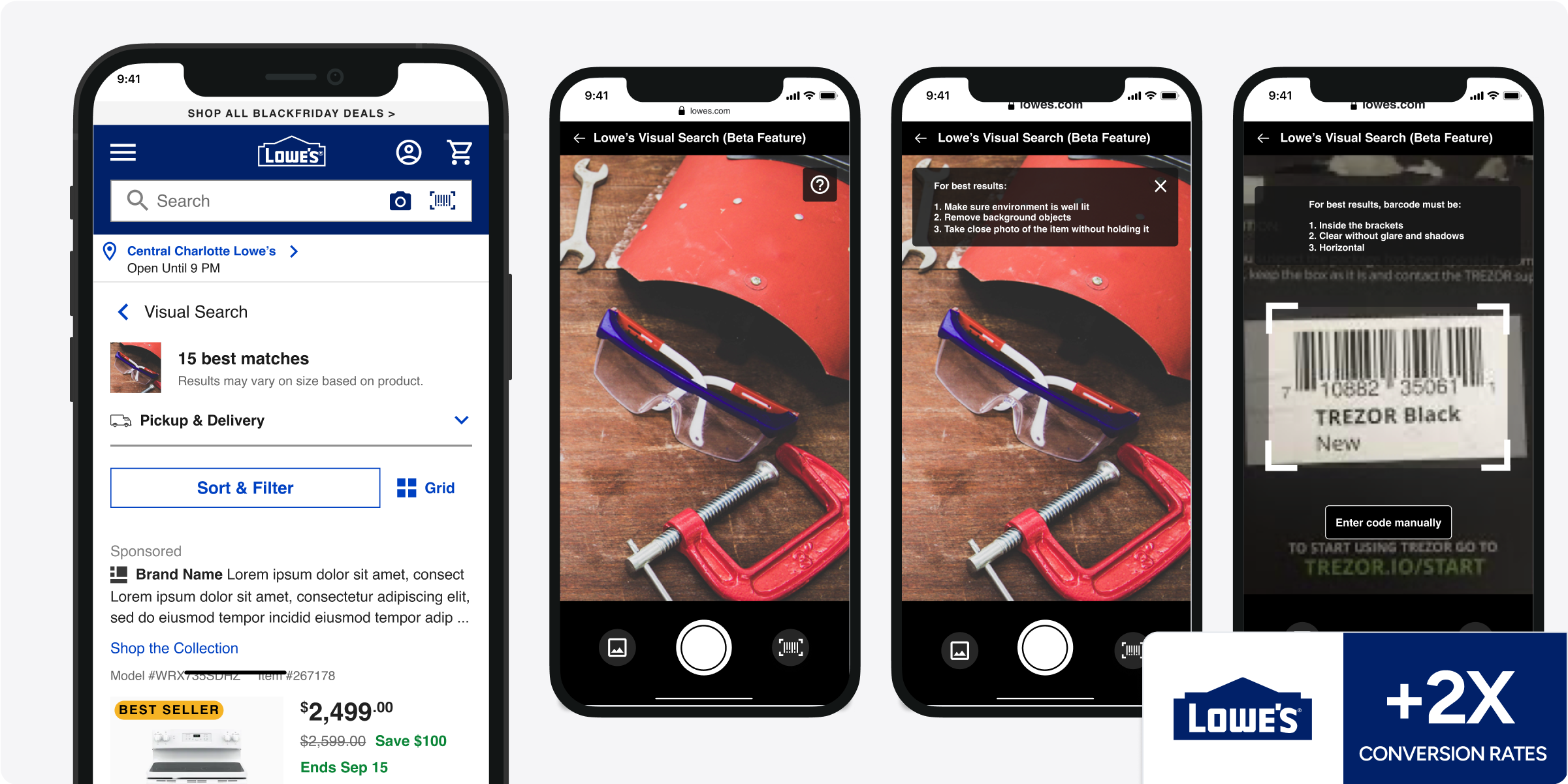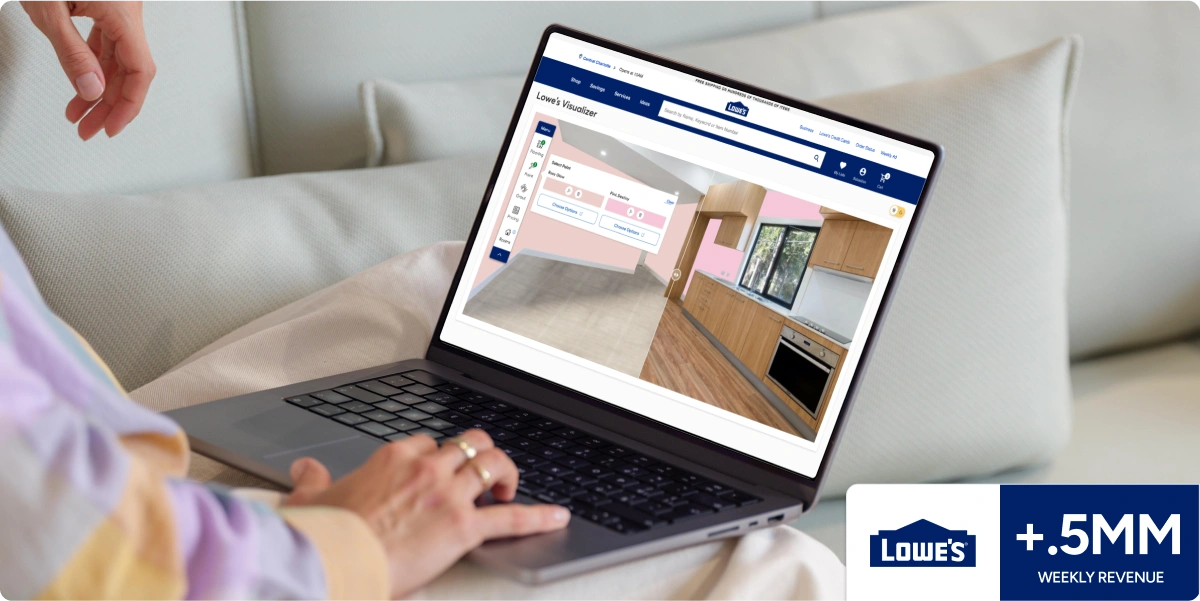TurnTimePro is a 0-1, design-to-build project we worked on with consulting and development agency Surton.
The client, CalWest, is a subcontractor providing QCM (Quality Control Management) services to several mid-sized nationwide industrial general contractors during large-scale refinery maintenance projects, called turnarounds.
Two CalWest partners approached Surton because they wanted to replace their tedious paper and manilla envelope folders and workflows with a software solution that would streamline their whole process and mitigate mistakes and lost data. The new workflow would address the inefficiencies in paper-based workflows, manual data entry, and reporting.
Surton’s team of experts conducted a thorough analysis of CalWest’s existing processes, identifying key pain points and opportunities for cloud-first automation. We collaborated closely with their team to design a tailored software solution that would not only digitize their workflows but also enhance data accuracy and accessibility.
If we’d succeed in building this product right, it would be a highly marketable product in a US $3.74 B industry in 2024, saving large Fortune 500 oil refiners incredible amounts of time and money during stressful turnarounds. Currently during a turnaround, the entire refinery needs to be shut down, possibly costing $millions of USD per day.
You can read about the Valero’s St Charles turnaround: US $39 M direct cost; every day beyond schedule was estimated at US $1.2-3 M in lost margin.
Excerpt from article:
“Oil and gas accounted for bulk of energy consumption all over the world and are mainly used for transportation and electricity generation…..Shutdowns and turnarounds are sizable projects that have to be executed under strict time constraints with severe financial impacts when faces with project delays…which involve multiple stakeholders, complex documentation, and strict regulatory requirements.”

Some of the big-picture problems we wanted to solve:
Industry Challenge:
Refineries face significant logistical and compliance challenges during turnarounds, which involve multiple stakeholders, complex documentation, and strict regulatory requirements.
Some specific Issues:
- Reliance on outdated tools like Blue Beam Revu for marking up isometric drawings.
- Manual workflows for managing Work Packages, field data, and inspection results.
- Inefficiencies in assembling, tracking, and approving final turnover packages.
- Limited ability to extract actionable insights from the process.
Phase one: Discovery and Research
Understanding the Domain:
We started with conducting extensive customer interviews to deeply understand workflows, pain points, and priorities.
We spent time with the client’s team to learn their specific backgrounds, day-to-day operations, and tools – like Blue Beam Revu and manual work package processes.
Reviewed example work packages and documentation including initial client-provided files and final turnover files.
Broke down and analyzed industry-specific requirements for welds, bolt-ups, and pipe classification codes and Positive Material Identification (PMI) processes.
Collaborative Requirement Gathering:
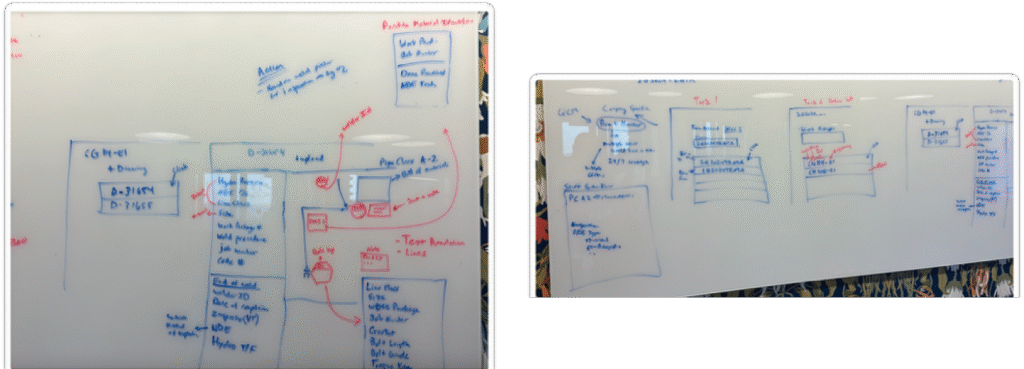
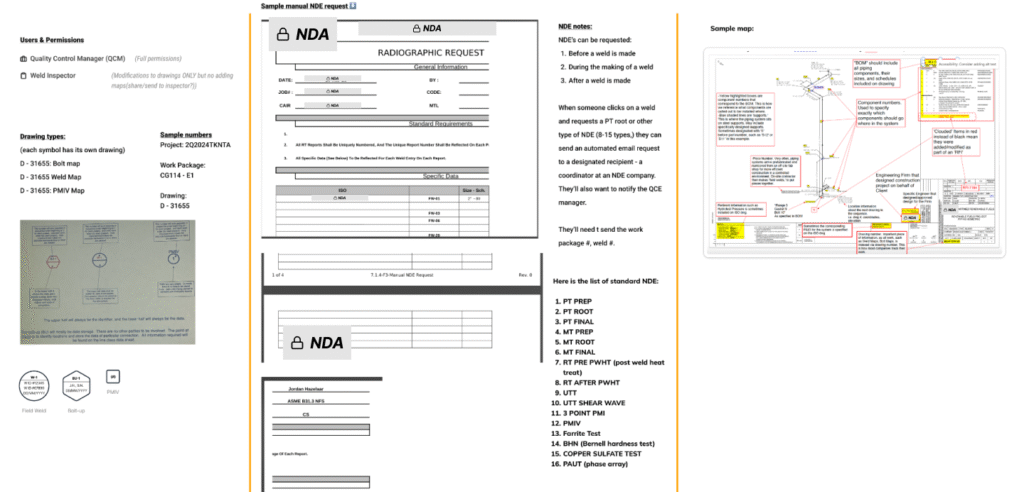
- Facilitated working sessions with the client to map out workflows visually, using whiteboards and sketches to align on the end-to-end process.
- Iteratively refined requirements as new opportunities and needs emerged during discovery, ensuring the solution addressed both explicit and implicit challenges.
- Collaboratively identified opportunities for automation, improved data integrity, and streamlined reporting processes.
Ideation and Strategy
Design Goals:
- Create an intuitive interface for managing Turnaround inspections and their work packages, drawings, and field data.
- Enable efficient data input and retrieval to minimize manual errors.
- Streamline reporting and approval workflows for faster turnaround.
Approach:
Focused on modular design to accommodate future scalability and responsiveness to tablets.
Proposed a centralized database to store static data and dynamic job-specific inputs.
Design Process
We started with low-fidelity sketches to define the layout and hierarchy for key screens: Work Package management, drawing annotations, and reporting dashboards.
We iteratively refined wireframes into interactive prototypes based on client feedback.
Isometric drawings:
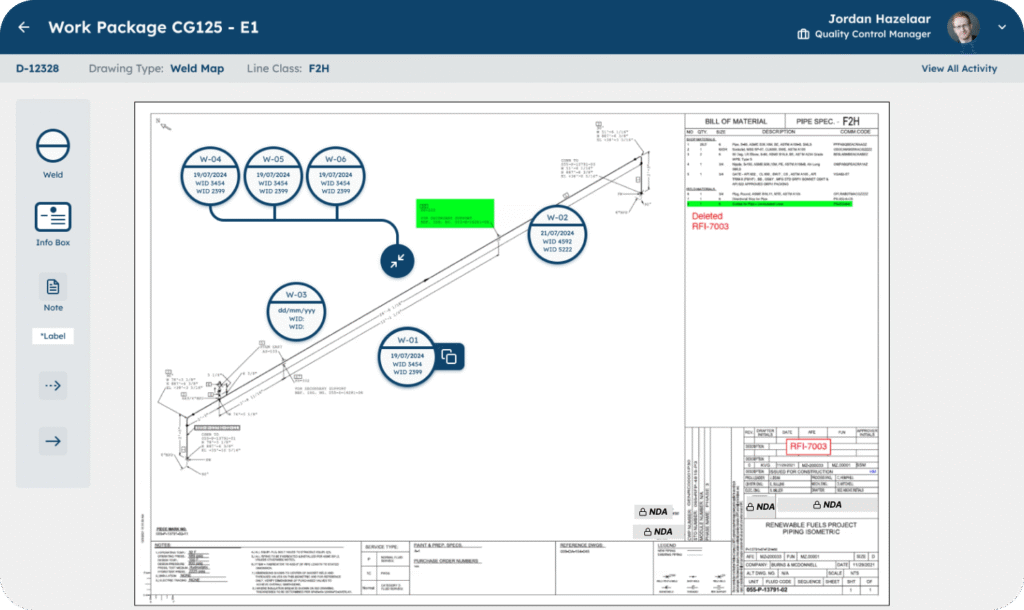
- Drawing Viewport: Interactive PDF viewer for marking up isometric drawings with custom widgets (Field Weld, Bolt-Up, PMI, Notes, Labels).
- Data Panels: Dynamic fields pre-populated with static data (e.g., pipe classes) and editable for job-specific details.
- Notifications and Reports: Automated triggers for task assignments and milestone completions.
Prototype:
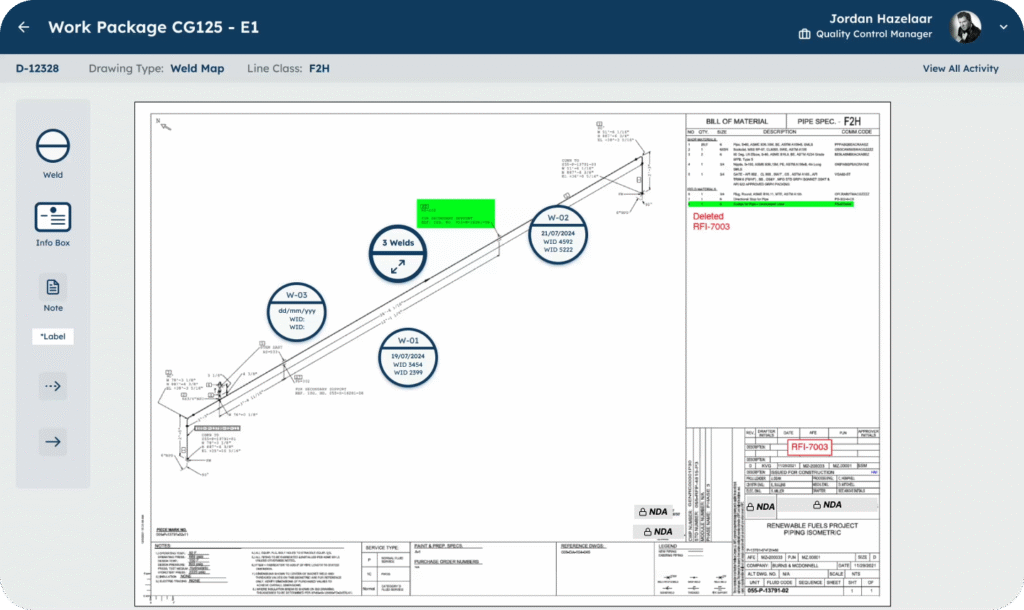
- Drawing Viewport: Interactive PDF viewer for marking up isometric drawings with symbols (Field Weld, Bolt-Up, PMI, Notes, Labels).
- Data Panels: Dynamic fields pre-populated with static data (e.g., pipe classes) and editable for job-specific details.
- Notifications and Reports: Automated triggers for task assignments and milestone completions.
Implementation and Collaboration

Development Collaboration:
Worked together with Surton to translate design specifications into a robust software solution.
Ensured seamless handoff through detailed design documentation and regular check-ins.
Iterative Client Collaboration:
Maintained close communication with the client throughout development, ensuring evolving needs and feedback were incorporated into the solution.
Conducted regular demonstrations and usability testing sessions with the client’s team to validate and refine features.
Overcoming Challenges:
Addressed edge cases like incomplete or inconsistent data from upstream sources.
Iterated on workflows to balance user needs with technical feasibility.
Outcome and Impact
Client Feedback:
“The Surton and Growth UX Studio team really made extensive efforts to understand the nitty gritty of our day to day processes to which they then applied their top-tier design skills. Their implementation of the design is so elegantly simple that we’ve already received positive feedback in our first few demos. We expect it to be a major asset in selling the product to clients that have had many troubles embracing and adapting with a fast changing technological environment. I would absolutely recommend Surton and The Growth UX Studio design services to any company needing solutions!”
– Ben Kistner, CEO TurnTech Solutions
Scalability:
Positioned the solution as a foundation for broader digital transformation initiatives in the refinery sector.
Design System
We developed a lightweight, highly scalable design system to simplify development and design processes, enabling faster and smoother implementation of future iterations and features.
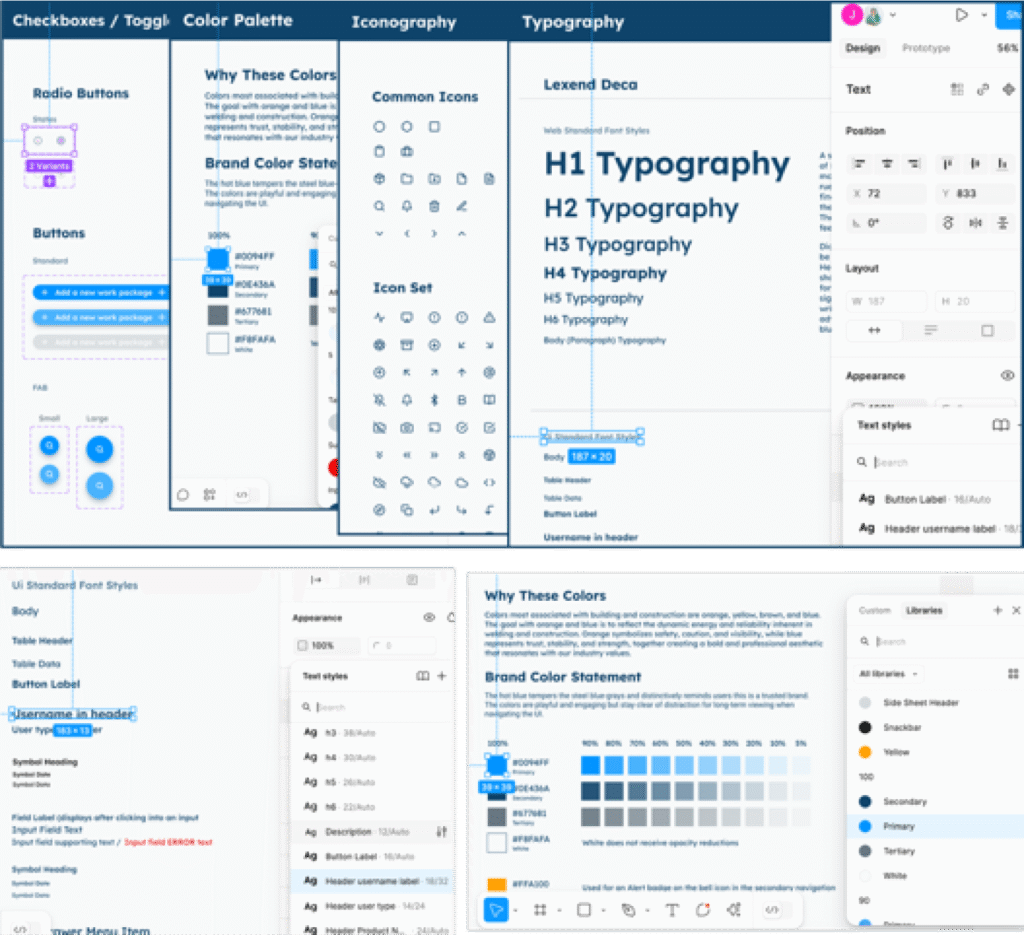
Lessons learned:
What Worked:
- Early involvement of stakeholders ensured the solution met real-world and business needs.
- Collaborative design and development minimized rework and accelerated delivery.
Opportunities for improvements for V2:
- Explore integrations with other systems (e.g., ERP tools) to further streamline workflows.
- Incorporate real-time data visualization for enhanced decision-making. Expanding the reporting capabilities to include real-time analytics dashboards that provide actionable insights into turnaround progress, bottlenecks, and potential schedule impacts, helping refineries minimize costly downtime.
- Implementing comprehensive role-based access controls to enable multi-refinery support with proper permission structures, allowing owners to scale the solution across multiple clients while maintaining data segregation.
- Developing a fully responsive mobile experience specifically designed for field technicians working in challenging refinery environments, with offline-first functionality to ensure seamless operation regardless of connectivity.
Conclusion:
Together with Surton and the amazing TimeTurnPro founders, we successfully turned a paper-heavy, high-stakes industrial process into a smooth, scalable digital solution that solves the complex needs of refinery turnarounds. By fully engaging with the field and working closely with the founders, our team helped replace inefficiencies with clarity and real-time visibility.
This project is a great example of what can happen when design, strategy, and engineering work together closely from the beginning of a project. From early discovery to deployment, The Growth UX Studio and Surton provided a comprehensive, end-to-end solution custom-built to address a crucial industry need, with the ability to support future growth and adoption.
If you’re looking for business-minded design and development partners who can bring your idea from the whiteboard to a fully functional product, or just prototype, please reach out. We’d love to help you grow your business.
